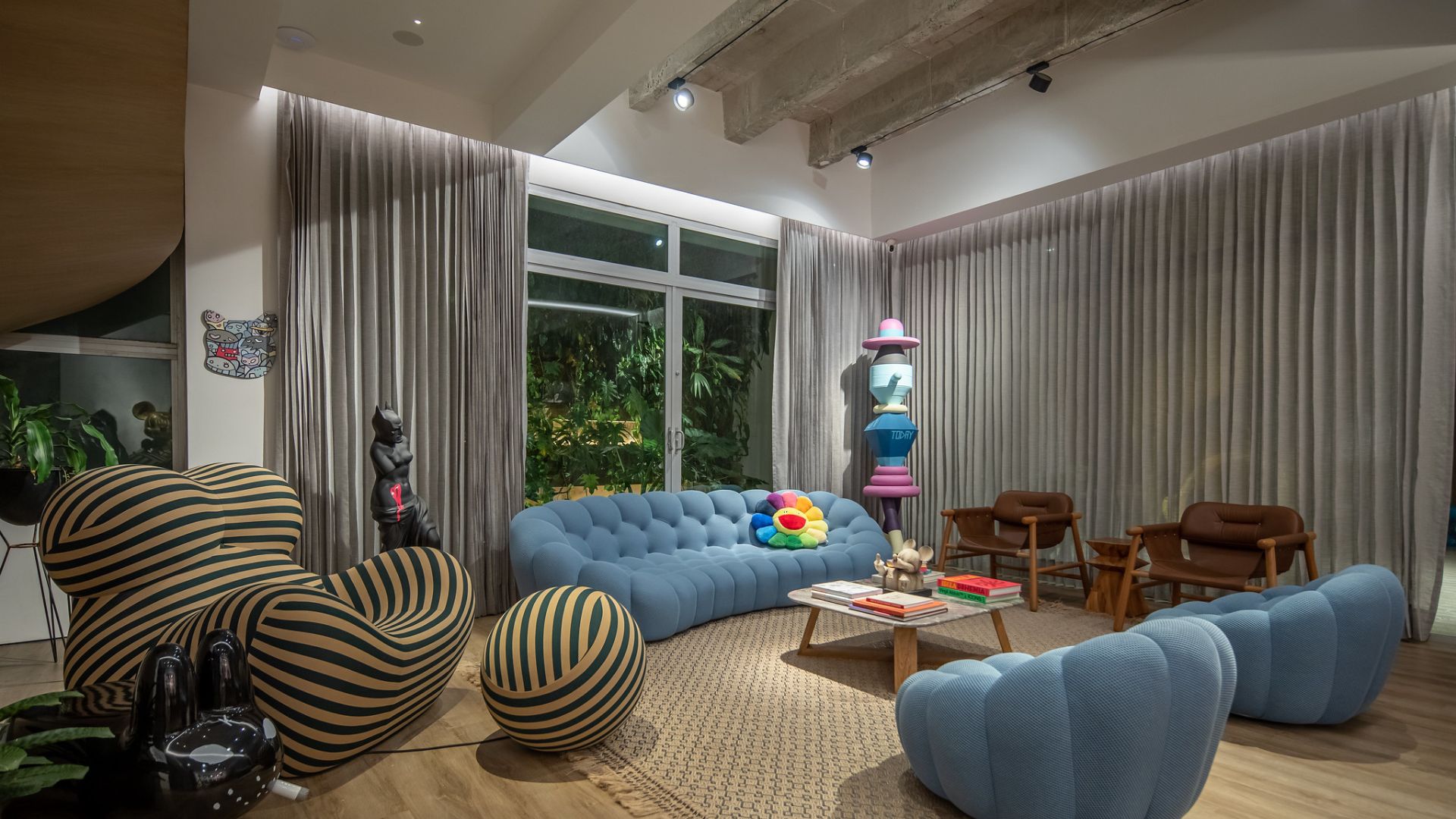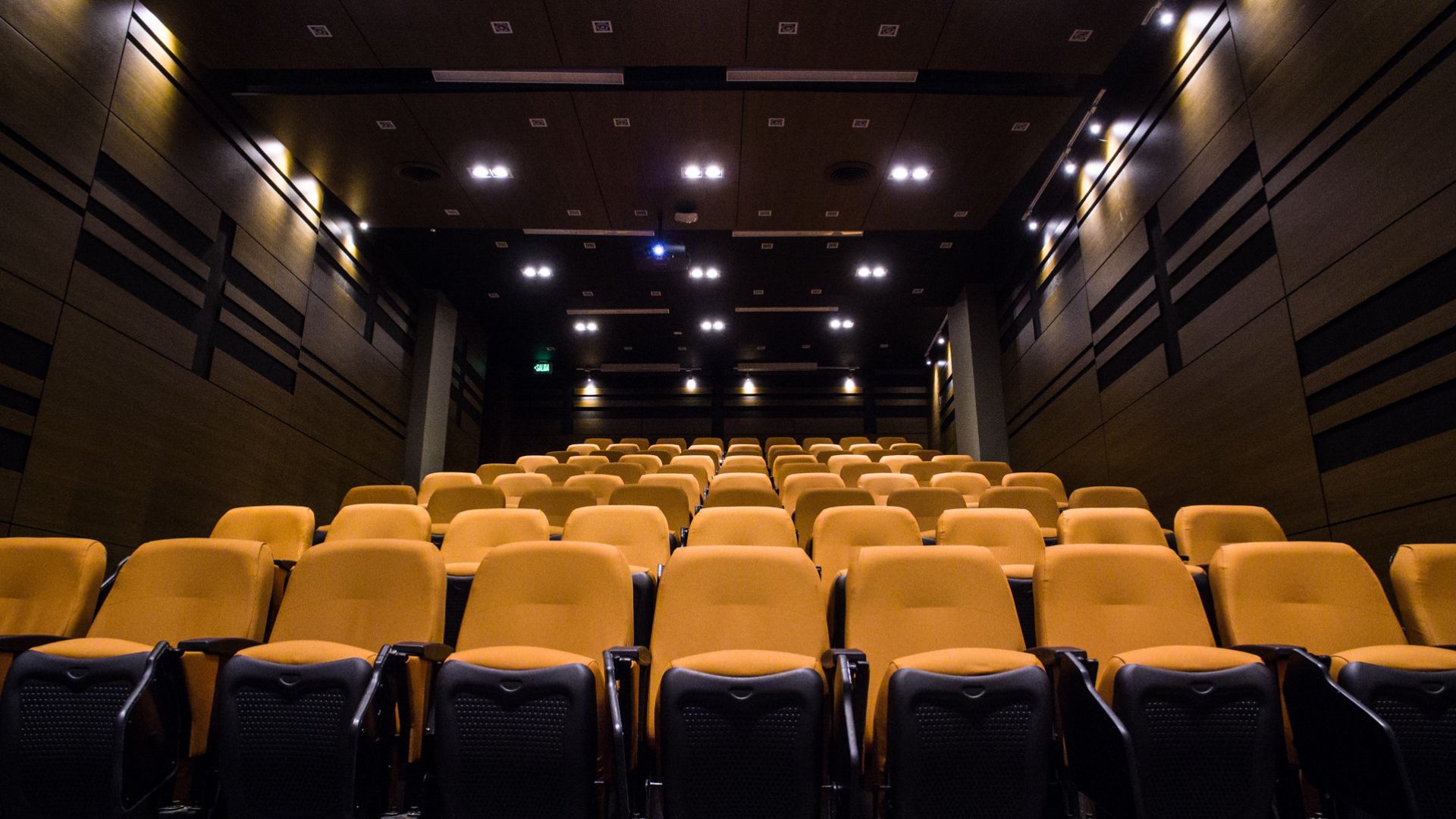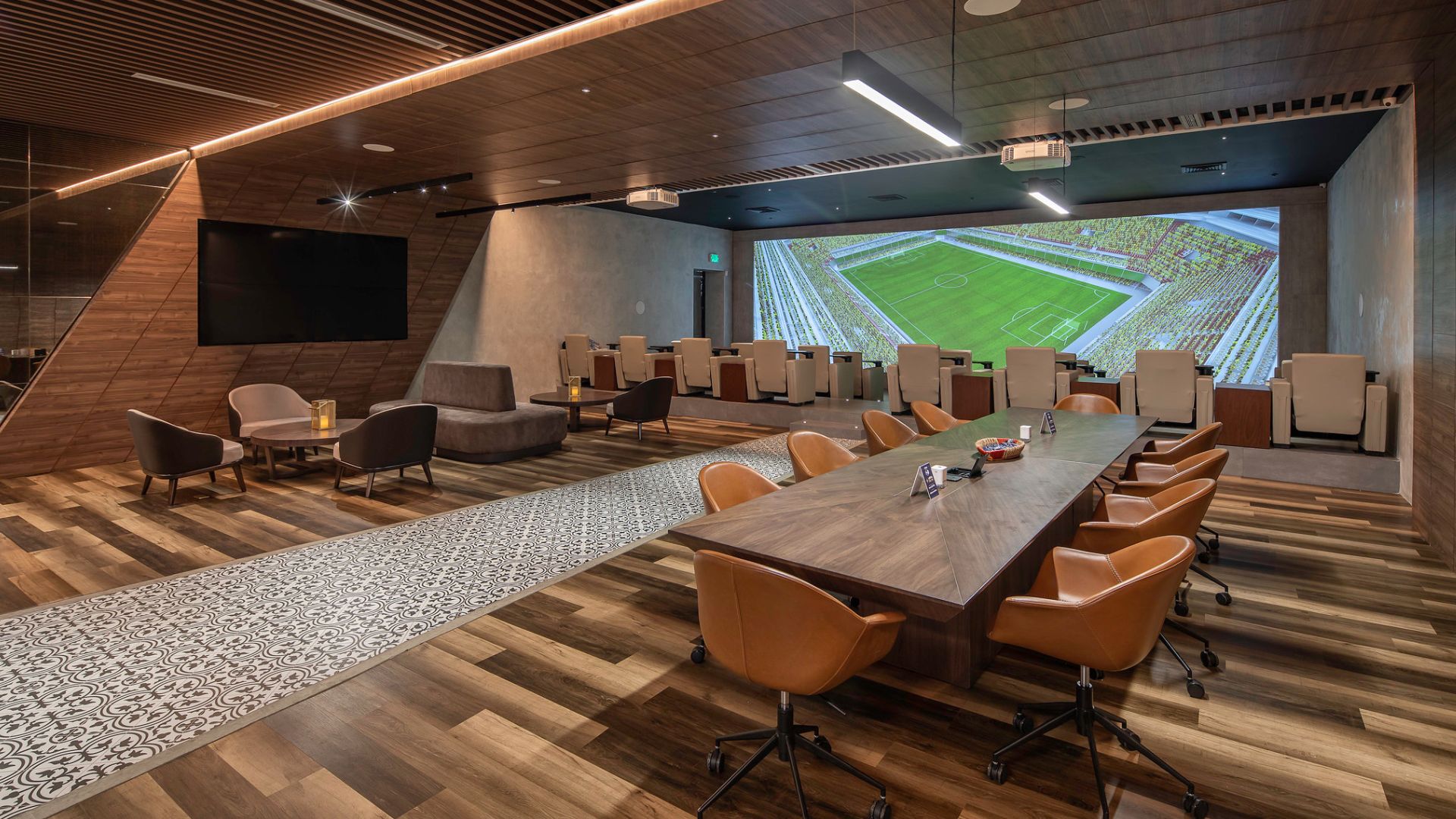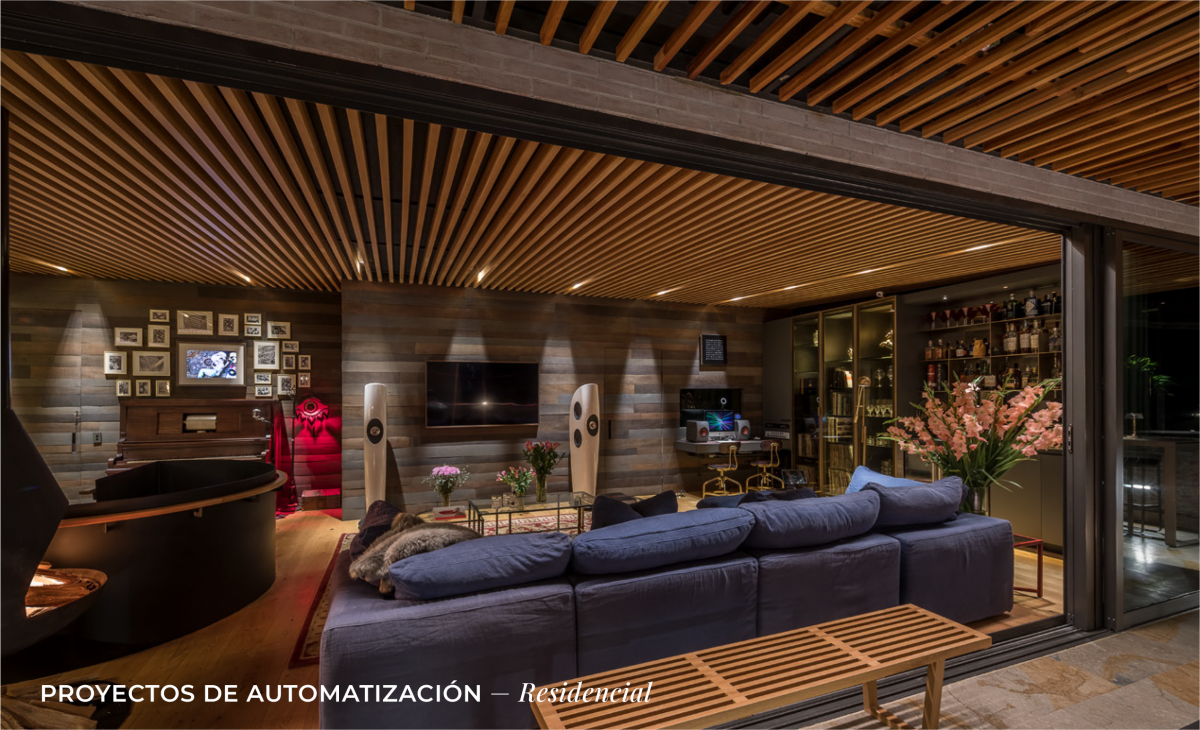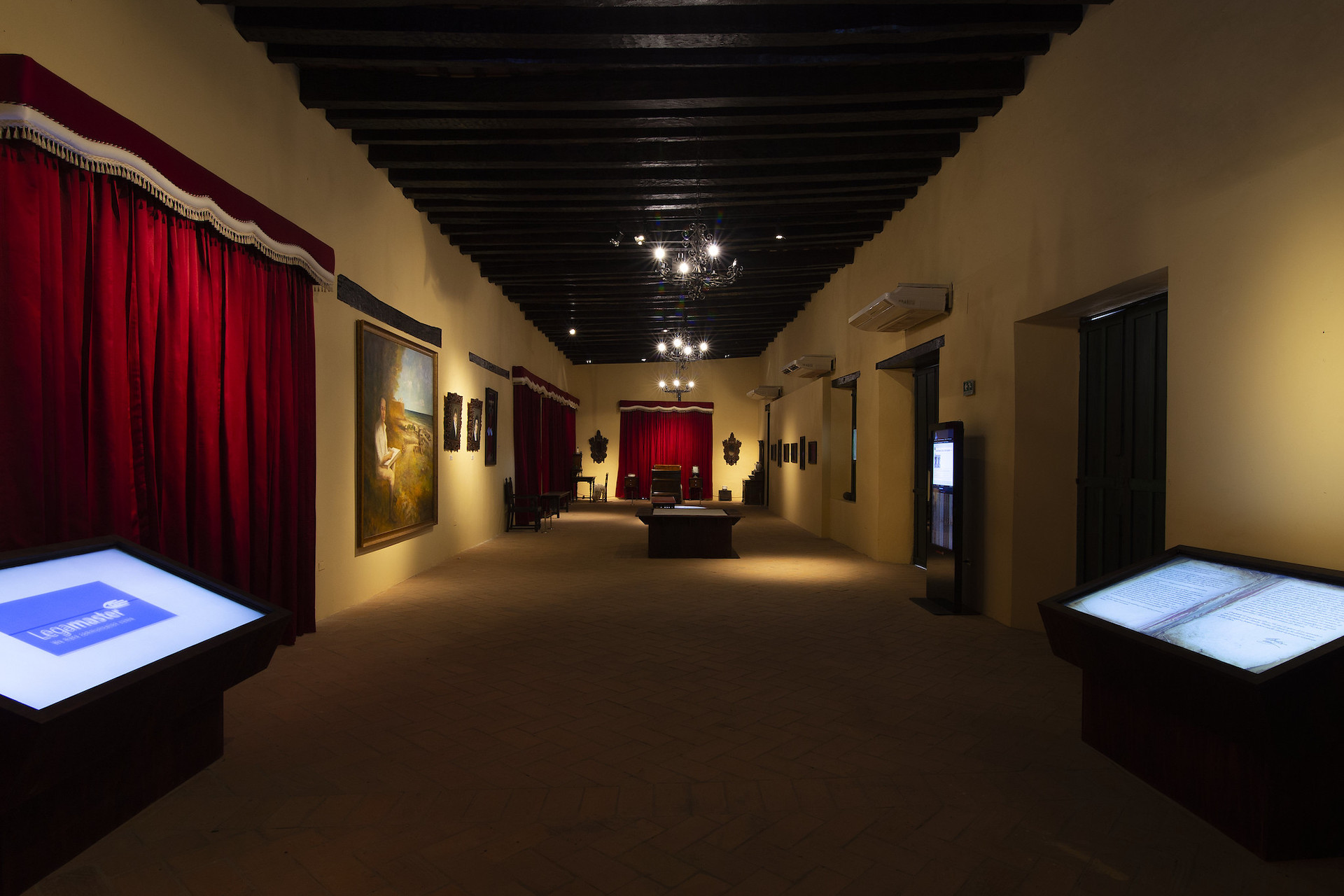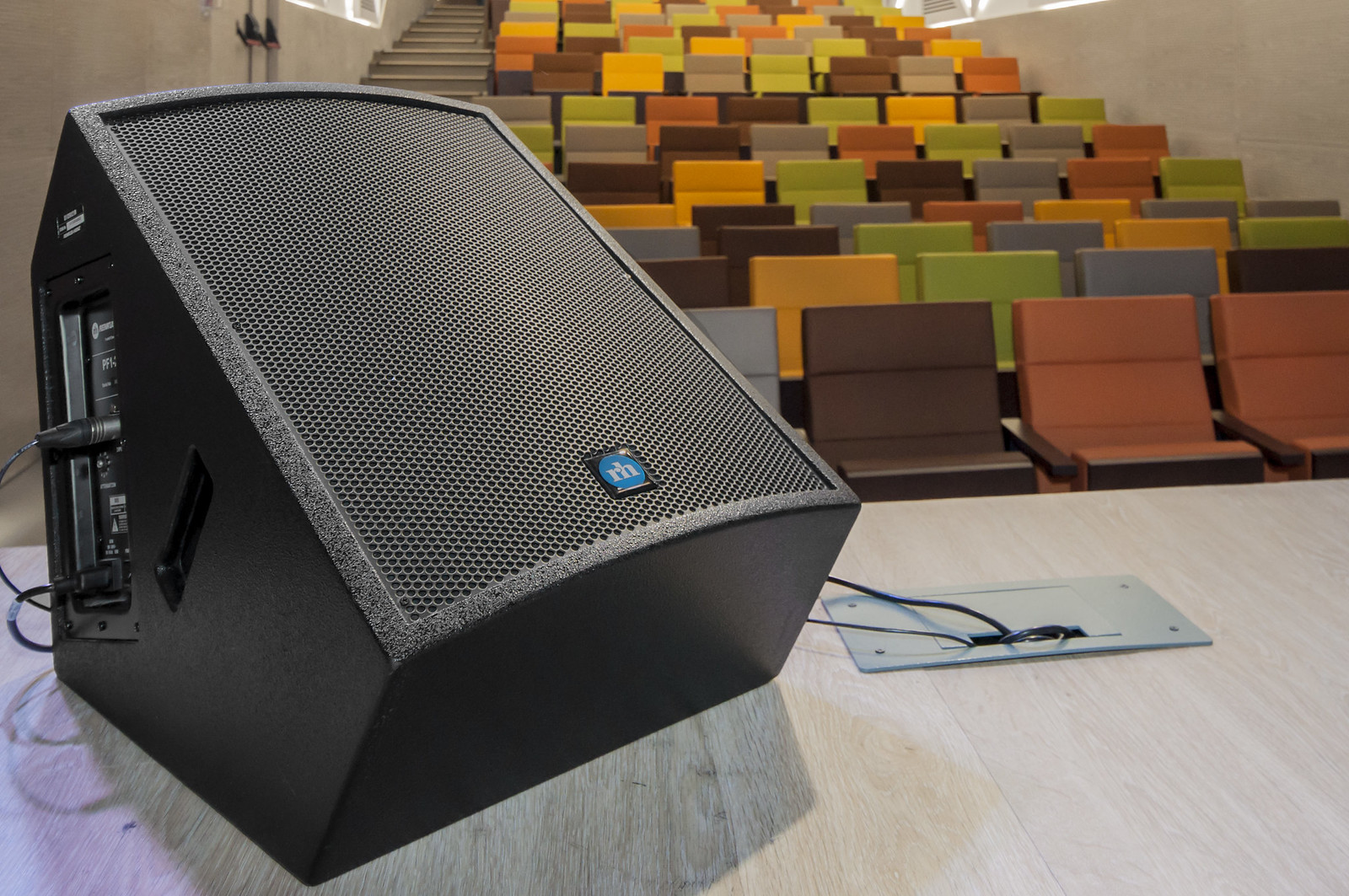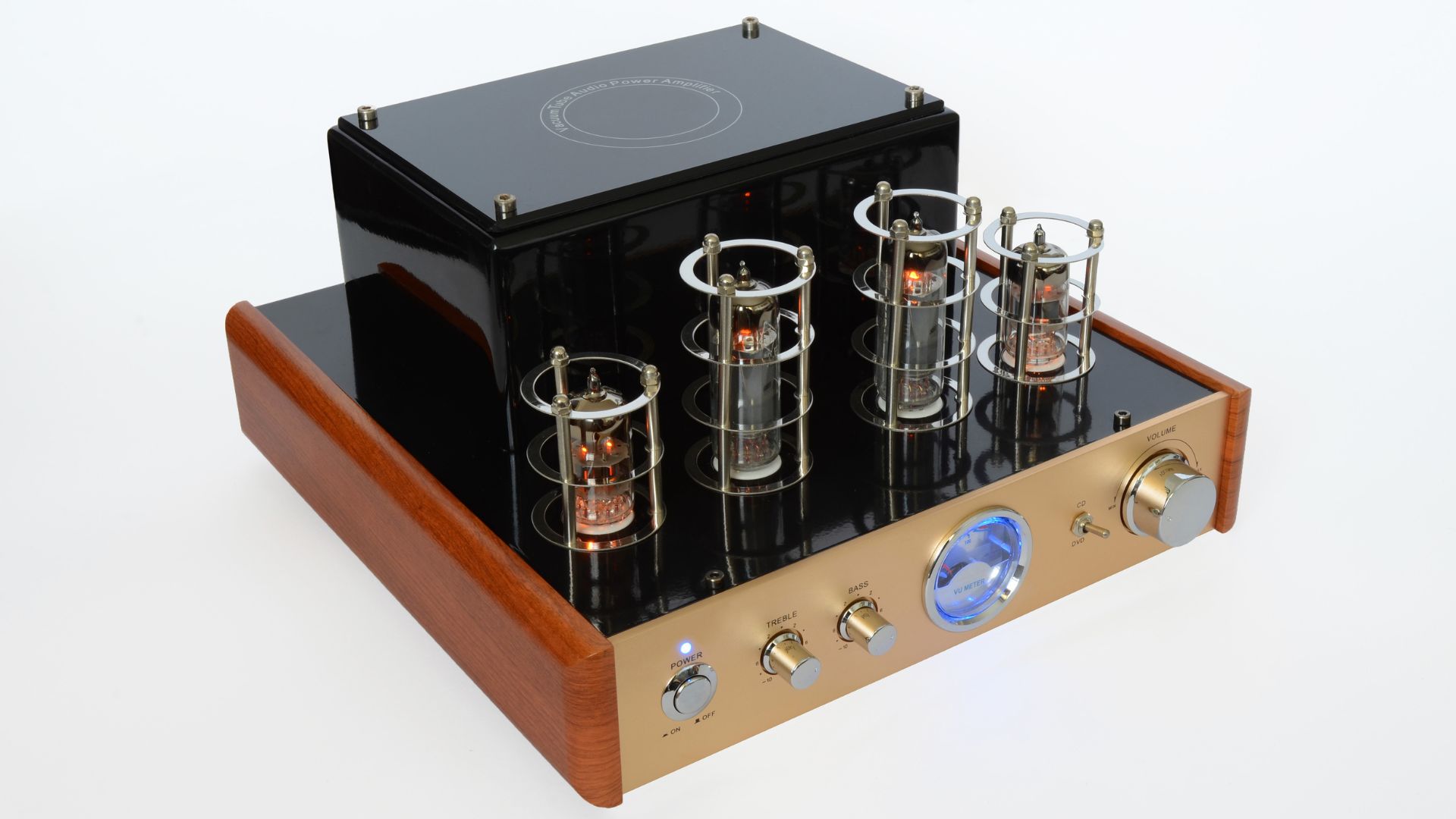Table of contents
In the thrilling realms of cinema, television, and gaming, audiovisual design is the unsung hero that captivates our senses. It’s the intricate dance of sound and visuals that fully immerses us in other worlds. At Schaller Design Lab, we’re at the forefront of crafting these mesmerizing experiences. Whether you’re looking to revolutionize your project’s sensory appeal or seeking cutting-edge solutions, we’ve got the expertise to elevate your vision. With projects spanning the globe, we’re your go-to for design, consultation, and top-notch equipment. Ready to transform your audiovisual dreams into reality? Let’s make it happen together.
Audiovisual Design in Cinema
Importance of Audiovisual Design
Audiovisual design is the cornerstone of any cinematic experience. It’s the art that brings movies to life, captivating audiences and transporting them into another world. The impact of audiovisual design in cinema can’t be overstated; it plays a critical role in storytelling, effectively conveying a film’s emotions, and enhancing the narrative. Films like Avatar and Inception have set benchmarks in audiovisual excellence, demonstrating the potential of this craft to create unforgettable cinematic experiences. ### Components of Audiovisual Design in Cinema
Key components in cinema’s audiovisual design include:
- Cinematography: The visual storytelling aspect, including framing, camera angles, and movement.
- Sound Design: Encompasses dialogue, ambient sounds, and sound effects, crucial for an immersive experience.
- Music and Score: Often drives the emotional undercurrents of a film.
- Editing: The rhythm and pace of the film are dictated by careful editing, which influences how the story unfolds.
- Visual Effects (VFX): Expands the boundaries of reality, creating worlds and experiences that only exist in the area of imagination.
- Color Grading: Sets the tone and mood, visually distinguishing different genres and styles.
Each component is meticulously crafted by professionals to create a cohesive and compelling audiovisual narrative.
Techniques Used in Audiovisual Design in Cinema
Innovative techniques are constantly employed by filmmakers to enhance the audiovisual design. Some of these include:
- High Dynamic Range Imaging (HDRI): Offers a greater range of luminosity in the visuals, adding depth and realism.
- Dolby Atmos: A powerful sound technology that provides a 360-degree surround sound experience.
- Motion Capture: Captures the movements of actors, allowing for more realistic and complex character animations.
- Green Screen Technology: Facilitates the merging of virtual and real environments seamlessly.
- Computer-Generated Imagery (CGI): Creates visually stunning elements that would be impossible to capture on camera.
By integrating these techniques, filmmakers achieve a more profound and engaging cinematic experience that resonates with audiences worldwide.
Audiovisual Design in Television
Influence of Audiovisual Design in Television

Enjoy a movie night in this cozy and stylish home theater room, complete with a bar and popcorn machine.
When we flip through channels or binge-watch our favorite series, we’re often swept up by the compelling storylines. But it’s the audiovisual design that really immerses us in the television world. Good design grabs our attention, sets the mood, and even cues us into the psychological state of characters. The palette choices, lighting techniques, and sound layers draw us closer to the emotional core of the show. From classic sitcoms to gritty dramas, audiovisual design serves as an invisible hand, guiding us through the narrative world. It enhances the storytelling, making memorable moments stick with us long after the screen goes black.
Elements of Audiovisual Design in Television
In the area of television, audiovisual design elements are tools that craft the show’s aesthetic and feel. Let’s jump into some of these elements:
- Cinematography: The art of framing and camera movement, which dictates how scenes are captured and can alter a viewer’s perspective dramatically.
- Sound Design: Encompasses everything from the whisper of dialogue to the crash of thunder, layering sounds that enrich the scene’s atmosphere.
- Music and Score: Music underscores emotions and can define a show’s identity much like a catchy theme song or a haunting score.
- Editing: More than cutting and transitioning, it’s the rhythm and pace of the story, delivering punchlines or heightening suspense.
- Visual Effects: These range from subtle enhancements to grand spectacles that expand the visual story beyond practical set limitations.
- Color Grading: The final touch that can warm up a romance or cast a cold pallor over a dystopian world.
These elements don’t operate in isolation. Rather, they create a symphony that speaks directly to the audience, layering complexity into the narrative.
Advances in Audiovisual Design in Television
The world of audiovisual design in television has been nothing short of revolutionary. We’ve witnessed spectacular advancements that transform the viewer’s experience:
- 4K Resolution and HDR: They’ve sharpened the image quality, bringing lifelike clarity to our screens and heightening the visual story.
- Surround Sound and 3D Audio: Viewers are cocooned in sound, with technologies like Dolby Atmos providing an immersive audio experience that rivals cinemas.
- Motion Capture and CGI: Once the domain of cinema, they now allow TV characters and worlds to achieve cinematic levels of realism.
- Streaming Technologies: They’ve not just changed how we watch but also how shows are produced, giving creators freedom to experiment with storytelling formats.
These advancements have set a new standard in television. Shows now present complex characters and worlds with depth once reserved for the big screen, proving the power and potential of audiovisual design in television.networking to build invaluable connections.
Audiovisual Design in Gaming
Impact of Audiovisual Design in Gaming

Dive into the action with this immersive gaming setup, perfect for racing enthusiasts.
In gaming, the synergy of audio and visuals isn’t just an accessory; it’s the backbone that delivers the ultimate gaming experience. The right audiovisual design can turn simple mechanics into an engrossing adventure, enveloping players in worlds that extend far beyond their screens. High-fidelity graphics captivate the eye, while dynamic audio cues respond to players’ actions, creating a feedback loop that heightens the sense of immersion. Our emotional responses are triggered not just by what we see, but what we hear and feel through the game—the crack of gunfire, the swelling of a symphonic score, the subtlety of footsteps—each element strategically crafted to build tension or reward success.
Elements of Audiovisual Design in Gaming
The elements of audiovisual design in gaming are diverse and complex. We recognize several key components:
- Cinematography: Although traditionally associated with film, the framing and camera techniques employed in video games are equally critical, establishing the game’s visual narrative and guiding the player’s focus.
- Sound Design: Every footstep, environmental sound, and vocal grunt is meticulously designed to replicate a real or imagined world with authenticity.
- Music and Score: A powerful soundtrack serves as an emotional compass within games, capable of invoking a vast array of emotions and driving the game’s pacing.
- Graphics and Visual Effects: These include textures, models, lighting, and animation that bring a game to life making virtual environments more believable and characters more relatable.
- User Interface (UI) Design: An often-overlooked element, the UI encompasses everything the player interacts with, from menus to health bars, which need to be intuitive and harmonious with the game’s overall design.
Evolution of Audiovisual Design in Gaming
Audiovisual design in video games has undergone a stunning transformation over the decades. From the 8-bit tunes and pixelated graphics of the 1980s to the near-photorealistic visuals and sophisticated soundscapes of today, the evolution is nothing short of revolutionary. Let’s look at some of the pivotal advancements:
| Year | Advancement | Impact on Gaming |
|---|---|---|
| 1970s | Introduction of Color | First use of multiple colors in consoles |
| 1980s | 8-Bit Graphics | Increased game complexity and character design |
| 1990s | CD Quality Audio | Enhanced soundtracks and realistic sound effects |
| 2000s | HD Resolution | Sharper and more detailed visuals |
| 2010s | VR and 3D Audio | Heightened levels of immersion |
| 2020s | Ray Tracing and 8K | Lifelike lighting and ultra-high definition |
This ongoing evolution is powered by advances in technology and the ceaseless demand for more engaging and authentic experiences. It’s clear that the journey of audiovisual design in gaming has been one that constantly pushes the envelope, continuously setting new benchmarks for interactive entertainment.
Conclusion
We’ve seen how audiovisual design has become a cornerstone of the immersive experiences in gaming. As technology advances, so do the possibilities for creating worlds that captivate and engage us on deeper levels. The future of gaming looks bright with the promise of even more sophisticated audiovisuals that will continue to transform our play into something that’s not just seen or heard but felt. It’s an exciting time to be a part of this ever-evolving world where the only limit is our collective imagination. Let’s keep pushing the boundaries and see where this incredible journey takes us next.
Frequently Asked Questions
What is audiovisual design in gaming?
Audiovisual design in gaming refers to the integration of sound, music, visuals, and interactive elements that create the entire gaming experience. It includes aspects such as sound design, music score, graphics, visual effects, and user interface design.
Why is audiovisual design important in games?
Audiovisual design is crucial in games as it enhances storytelling, sets the mood, provides cues to players, and makes the gaming experience more immersive and engaging.
How has audiovisual design in gaming evolved?
Audiovisual design in gaming has evolved significantly with advancements in technology, including improvements in color, graphics, audio quality, and resolution. Recent developments like VR, 3D audio, and high-definition standards like ray tracing and 8K have further transformed the gaming experience.
What impact do graphics and visual effects have on a game?
Graphics and visual effects have a major impact on the visual appeal and realism of a game, influencing how players perceive and interact with the gaming environment, thus affecting the overall enjoyment and immersion.
How does the user interface design affect gaming?
User interface design affects gaming by determining how intuitively players can navigate menus, access information, and interact with the game. A well-designed interface enhances usability and improves the player’s experience.
Our Portfolio
Table of contents
